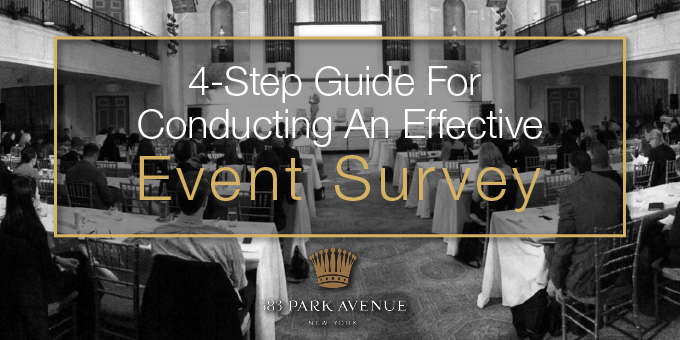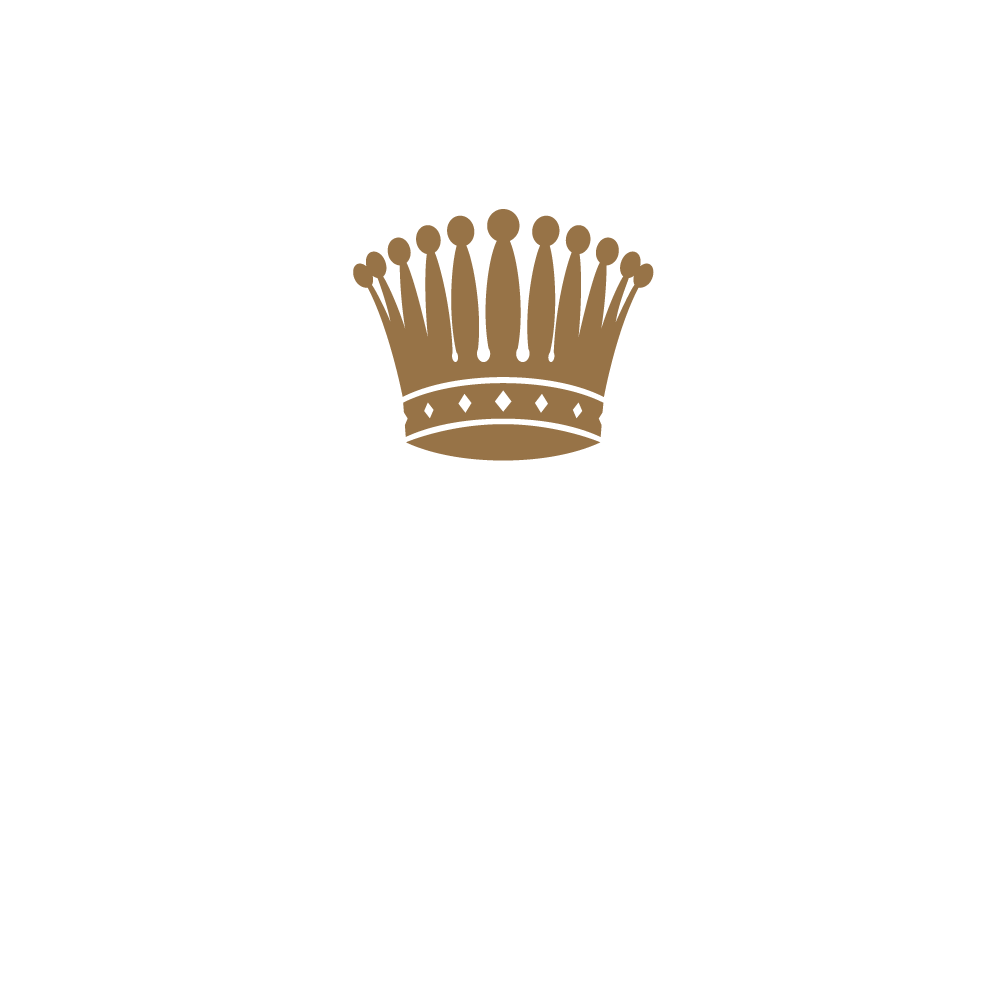
Effective event surveys should elicit responses that provide valuable information about your event and business. Attendee feedback is the key to learning about the impact your event has on your target market. The insights you gain from an effective survey can either help you prepare for your event, or help you develop more informed marketing messages for future events and business objectives. Below are the four steps to follow in order to effectively complete the full survey cycle–design, implementation, evaluation–and generate useful insights.
1. How to Design Effective Questions To Get Reliable Results – The way you write and present both the questions and answer choices determines how reliable your results will be. The road to reliability begins with a well-designed structure, clear content for each question, and a complementary answer choice to match each question. By designing your survey in this format, you will generate insightful and reliable responses. (Pre-test you survey before launch to evaluate whether your survey poses any problems for respondents.)
Tips for Formulating The Right Questions –
- Keep questions concise and simple. Clarity will lead to greater understanding for your respondents and more reliable results for you.
- Focus on one point per question.
- Use familiar, colloquial language to appeal to a wide audience.
- Make sure there is only one way your question can be interpreted.
- Scatter a few open-ended questions when you are looking for a more thorough response. Close-ended questions provide more measurable results, but sprinkling in a few open-ended questions will provide greater insights.
- Do not use negative language, like “no,” as respondents may skip over the word and skew results.
- Do not use leading questions that direct the respondent to a particular answer.
- Do not use words with emotional connotations or stereotypes.
- Keep your survey under 5 questions.
How to Choose the Right Question Content – In order to develop meaningful content for your survey questions, you first need to establish your business objectives. Are your running a pre-event survey to decide on the entertainment and food selection? Are you conducting a post-event survey to determine if attendees would purchase your product once it launches? Below are topics to consider:
- Identify your respondents primary goals for attending your event
- Understand their brand and event perceptions
- Identify what they enjoyed most about your event
- Understand their event experience
- Determine whether they felt the event was valuable
- Determine if they felt your guest speaker was effective
Understanding Which Answer Choice Is Appropriate–
- Use Likert scale answer choices when measuring customer satisfaction and attitudes about your event or business. This offers a multidimensional measure and accounts for slight variations in attitudes. Likert scale response choices include: star ratings, numbered scales, strongly agree to disagree scales, etc.
- Use binary answer choices like, yes/no or male/female, when asking about demographics or to get a definitive answer.
- Use anecdotal answer choices when asking open-ended questions like: What would you have changed about the event?
2. How to Decide When To Conduct Your Survey – Now that your survey design is complete, it’s time to move into the implementation phase. You can administer a survey either before, during or after your event depending on your objectives. If you have the time and resources, all three are best.
- Pre-Event Survey – The goal of a pre-event survey is to understand your attendees expectations, to ensure that they are met by your event. These questions are typically quantitative with close ended answer options. You want to ask questions concerning finer details such as food and entertainment expectations.
- Mid-Event Survey – During the event, have committee members seek out qualitative data by asking attendees about their experience. You might discover something that can be fixed in real time, which can alter the impact of your event.
- Post-Event Survey – Post-event surveys can help evaluate attendee experience, help plan future events, and help develop follow up marketing materials. To avoid survey fatigue, limit the survey to a few high-impact, quantitative questions about your respondents experience.
3. Decide How To Collect Responses – Your questions are written, your answer choices are formulated, and you’ve decided when you want to conduct your survey. Now that you are ready to collect survey responses and choose the best deployment method. There are a variety of ways to deploy your survey:
- Email – Create custom email lists segmenting your event attendees. Customize your email blast and landing page based on the demographics you’ve chosen to segment (use the information you’ve gathered during registration). Email is the most common and effective way to generate responses, especially when you tie participation with incentive.
- Social Media – Post your survey directly on social media or provide a link to your survey. One standout example of using social media to conduct a survey is Double Tree with their #LittleThings campaign. They began by using a promoted tweet asking users to participate in their survey for a chance to win a grand prize. Their promoted link routed users to their Facebook page where they were asked to Like the page in order to complete the survey. Once the survey was completed, they routed participants to a Thank You landing page where they featured a live stream of #LitttleThings and encouraged participants to join the conversation. Double Tree was able to generate both valuable feedback and integrate two of their social media channels at once.
- Event Website – Embed a survey within your event website, or display it in a pop-up window. One way to get attendees to visit your site post-event is by offering free downloads of professional photos taken during the event.
- Telephone/Mail – Both these methods are much more costly, and therefore becoming antiquated. Response rates from telephone polling are down to around 9% and are considered to be bothersome by those contacted. Gathering an address list to deliver a mail survey can prove to be both challenging and costly, and would essentially be a much less effective version of sending an email survey.
4. Evaluate Your Feedback – Now that your survey is completed, you want to evaluate your results. The information you gathered will help you either tailor your event to meet attendee expectations or develop post-event marketing and business objectives.
- Compile All Data – If you used a manual approach, carefully enter the results of your survey into a spreadsheet. If you used a cloud-based survey platform that automates your data, review the information in different graph formats for a more comprehensive view.
- Cross-Reference Your Results – Run a variety of cross-reference assessments using your survey data. You’re hoping to find a correlation between a particular demographic and a specific attitude.
- Implementation – Now that you have generated valuable insights, you need to evaluate the best way to implement this new-found information. If you conducted a pre-event survey, apply these insights towards your event. If you conducted a post-event survey, organize your marketing team to develop more informed business objectives.
Are you planning an event in New York City? Contact one of 583 PARK AVENUE’s Event Coordinators today to learn more about our venue.







